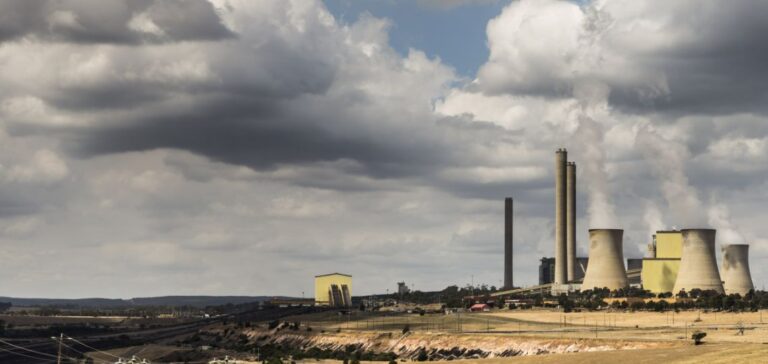The Climate Change Authority (CCA) announced that to meet its goal of reducing greenhouse gas emissions by 43% compared to 2005 levels, Australia will need to cut its emissions by 15 megatons (Mt) annually until 2030. These figures, revealed in a report published on November 28, highlight the need to accelerate the energy transition and involve all sectors of the economy.
Progress includes the expansion of the Capacity Investment Scheme, the reform of the Safeguard Mechanism, and the introduction of the New Vehicle Efficiency Standard. However, according to the authority, additional efforts are required to mainstream the use of renewable energy and reduce emissions in every economic sector.
Role of Sectors and Technologies
According to Matt Kean, chair of the CCA, each sector already has access to emissions reduction technologies. However, emissions remain stagnant in several sectors. The report recommends accelerating renewable energy infrastructure to prepare for the closure of coal power plants.
The transport sector was also identified as an area with high potential for further emissions reduction. Experts suggest that developing a Carbon Border Adjustment Mechanism and voluntary emissions standards could enhance existing efforts.
Importance of Carbon Credits
Australian Carbon Credit Units (ACCUs) will play a crucial role in achieving climate targets. The market expects an influx of 147 to 165 million ACCUs between 2025 and 2030, according to the CCA report. Current mechanisms, such as the Safeguard Mechanism Credit (SMC), complement these efforts to ensure companies comply with emissions standards.
Currently, more than 1,700 registered projects covering 77.2 million hectares participate in the ACCU program. These initiatives, focused on agriculture, savanna fire management, and vegetation, have generated approximately AUD 750 million in market value, according to John Connor, CEO of the Carbon Market Institute (CMI).
Towards a Diversification of Climate Policies
To strengthen its climate policy arsenal, Australia will introduce a voluntary biodiversity market in 2025. Voluntary emissions standards for certain sectors are also under development. These initiatives complement a series of reforms aimed at diversifying emission reduction tools and stimulating investment in sustainable technologies.
According to the CMI, early positive impacts of the Safeguard Mechanism are beginning to emerge. However, a comprehensive analysis of impacts will be available with updated data next year.
Australia’s efforts to reduce its emissions demonstrate a growing commitment to its climate goals, but significant challenges remain. Cross-sector cooperation and innovation will be essential to achieve carbon neutrality within the set timeframe.






















